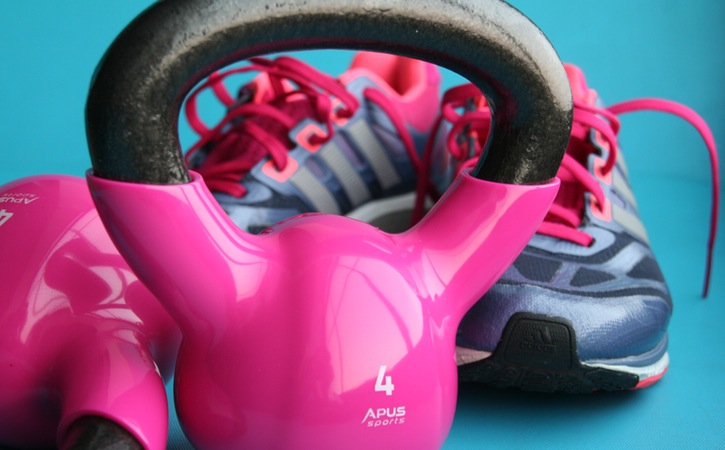Quick tips and did you know ideas: Weight Management ideas

Quick tips for weight management
As we grow older, our bodies naturally begin to slow down. As this happens, several factors can lead to weight gain. More than 36 percent – or one-third – of adults in the United States are obese. Unhealthy weight gain can cause many issues, especially in senior citizens. Weight gain can lead to heart disease, high blood pressure, type 2 diabetes, and bone problems.
As we age, our Metabolism begins to slow and body fat increases while muscle mass decreases. For those over the age of 50 exercising simply stops burning as many calories. All these factors can contribute to weight gain, however, major gain is not associated with normal aging. In fact, it could be putting your health at risk. That’s why it’s important for seniors to maintain healthy weight management.
Doing so will ensures you’re keeping a healthy weight that is vital to healthy aging. Here are some quick tips for you to maintain a healthy weight.
Aerobic Exercise
Getting a move on is one of the best weight management strategies there is. In fact, seniors are often encouraged by their doctors to get some kind of aerobic exercise in routinely. You should be engaging in exercise at least five days a week for 30 minutes. If you aren’t currently active, try starting with 10-minute sessions and building your way up.
The best part of aerobic exercise is that there are so many different kinds. It easy to fit a workout that fits your interests and lifestyle. The most important part of the exercise it that it gets your heart rate up. If you can carry a conversation while you’re exercising, you’re not working hard enough.
Aerobic exercises can include walking, swimming, and jogging.
Strength Training
Not only can strength training build up bone and muscle, but it can counteract the weakness and frailty that can come with old age. By exercising your muscles, you’ll increase muscular strength and endurance.
There are many conditions this can help with, including:
- Osteoporosis
- Arthritis
- Balance
- Pulmonary disease
- Type II Diabetes
- Back problems
Exercising muscles can be done in a number of ways. Common methods are progressive resistance and isometric. Isometric exercise is tensing muscles without movement. For example, you could have someone block movement as you press your leg down. Progressive resistance involves the use of free weights, elastic exercise bands, or cable machines.
There are some strength training best practices you should know. Warm up at least 10 minutes before starting an activity and make sure you cool down for 10 minutes after concluding exercise. Some soreness is to be expected, but stop if you feel pain in the joints. Make sure you have good posture through all exercises and don’t hold your breath. Make sure movements are done in a slow manner. Be deliberate in your movements.
Stretching and Flexibility
As we age, our muscles often become tight, pulling us forward and hindering good posture. This leads to a rounded back that can make seniors walk bent forward. Stretching can help loosen tight muscles, which reduces pain and inflammation. As a bonus, you may find everyday activities easier if you actively work on flexibility.
As you begin stretching you, may feel some discomfort. It’s taken years to get stiff, so it will take some time to loosen muscles. However, stretching should not cause pain or fatigue. Start slowly, drink plenty of fluids, and relax your breathing. It’s a good idea to warm up muscles before stretching. Take a brief walk or do some light weight training. Remember to always be aware of your spine; avoid extreme curvature as this can cause injury.
Connective tissues become less elastic in old age. Therefore seniors can benefit greatly from making sure they are stretching every day. This will ensure proper posture is maintained and range of motion isn’t limited.





